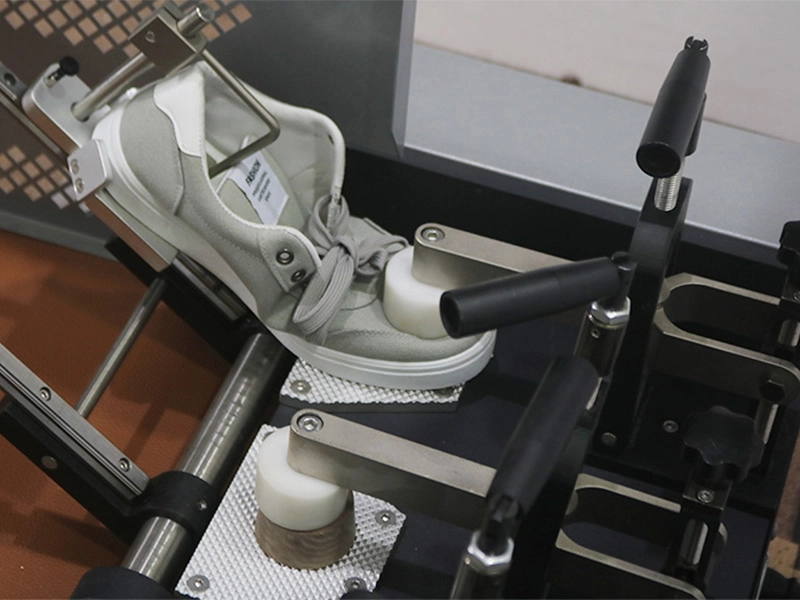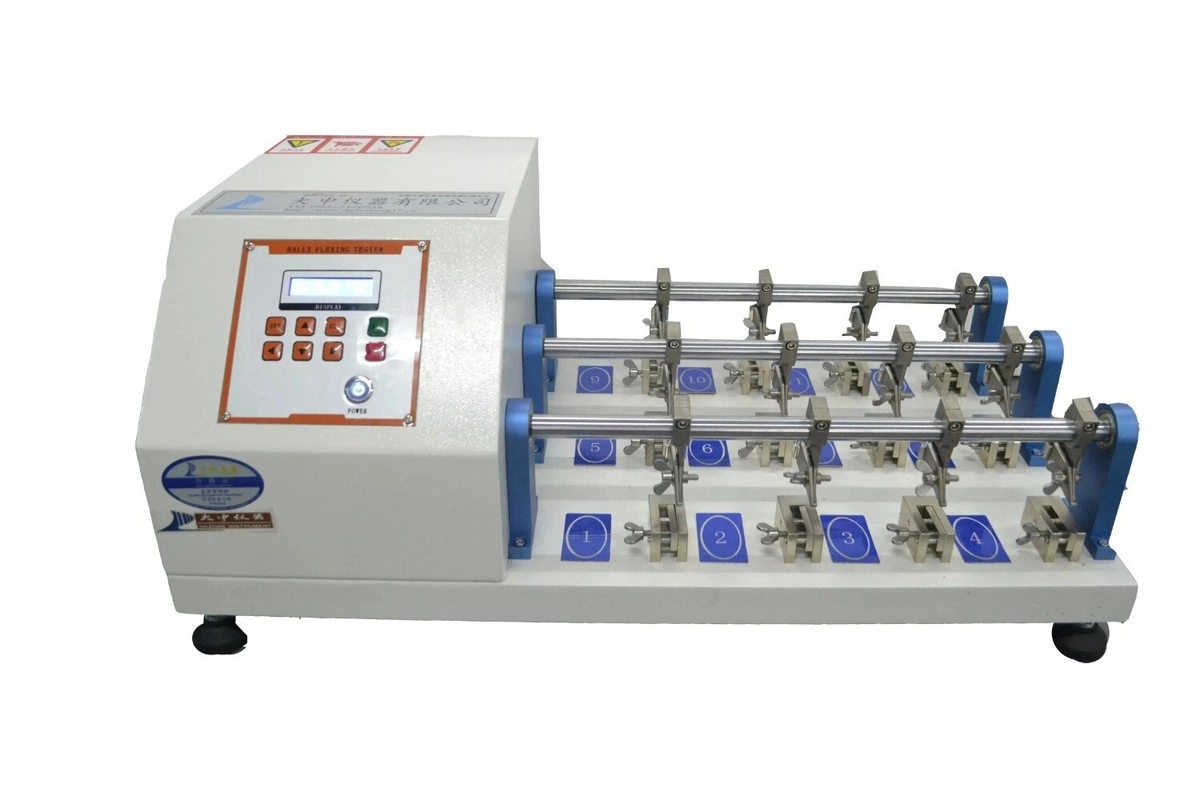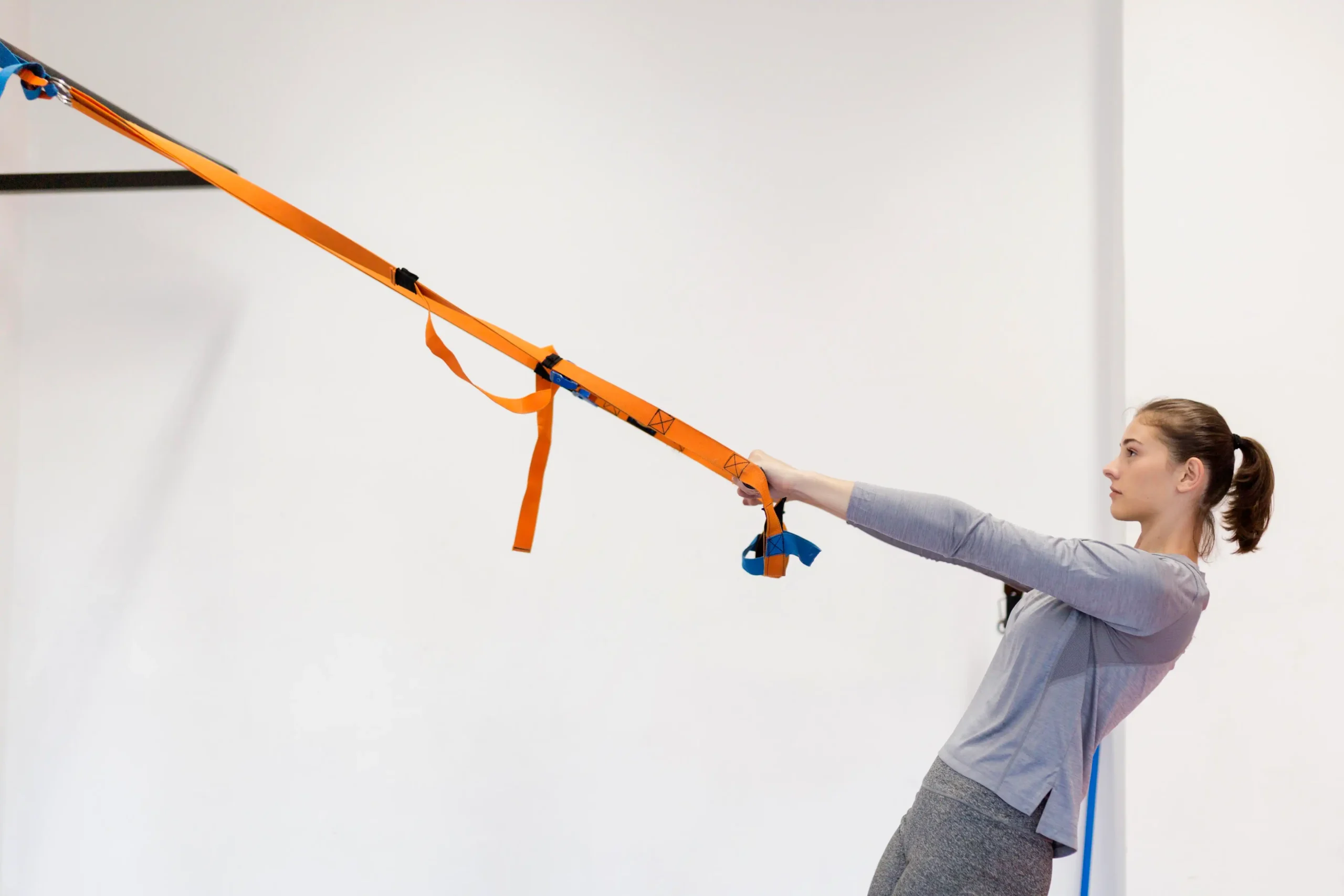In the footwear industry, flexibility testing is crucial to evaluating the comfort, durability, and performance of shoes. From shoe flexing resistance to shoe sole flexibility testers, a variety of specialized equipment is used to measure how well footwear can withstand repeated flexing and bending.
This ensures that shoes are not only durable but also provide the necessary support for various activities.
Because a blog about the principles of tensile testing has already been published earlier. In this blog, we’ll explore the flexibility testing principle and equipment for footwear, its significance in product development, and the role of footwear biomechanics in testing. We’ll also touch on flexibility checks for rubber, a material commonly used in footwear production.
Understanding Flexibility Testing in Footwear
Flexibility testing in footwear refers to evaluating how well a shoe’s materials and structure can bend or flex without breaking or losing their performance capabilities. This is an essential process to ensure the longevity and comfort of the shoe. A Footwear Flexibility Test Footwear typically involves simulating the repetitive bending and flexing that shoes undergo during regular use, especially for shoes that require high performance, such as running or sports shoes.
Shoe flexing resistance is a key parameter measured in flexibility tests. This test evaluates the resistance of the shoe to bending. High resistance indicates that the shoe may be too rigid, potentially affecting comfort and mobility, while low resistance may indicate insufficient support or durability.
Key Equipment Used in Flexibility Testing
There are several tools and machines used to perform flexibility testing in footwear. These include:
Shoe Sole Flexibility Tester: This is one of the most common machines used to simulate the bending of a shoe. The tester works by repeatedly flexing the shoe sole to test how well it holds up under stress. A good shoe sole flexibility tester measures the angle and range of motion of the shoe’s sole, giving insight into the material’s durability and comfort level during prolonged use.
Flexing Resistance Testers: These devices focus on determining how much resistance a shoe or sole has against repeated flexing. They simulate the bending motion and track the number of cycles the shoe can undergo before showing signs of wear. These testers help footwear manufacturers ensure their shoes meet certain standards for comfort and durability.
Footwear Testing Equipment: Apart from flexibility testers, other footwear testing equipment includes wear testing machines, abrasion testers, and machines that simulate the various environmental conditions shoes may face during use. These devices provide a comprehensive analysis of how shoes perform under different conditions, from walking to running, and even extreme weather conditions.
Footwear Biomechanics and Flexibility Testing
Footwear biomechanics plays a significant role in the flexibility testing process. Biomechanics focuses on the science of human motion, and understanding this is essential for creating shoes that perform optimally. For example, flexibility tests for shoes must take into account the biomechanical forces exerted by the feet during various activities, such as running or jumping.
The biomechanics of a shoe influences its flexibility, and thus, how well it supports natural foot movements. If a shoe is too stiff or lacks flexibility in critical areas, it can cause discomfort or even injury. Footwear brands that integrate biomechanical insights into their flexibility testing can design shoes that align with the natural motion of the foot, providing comfort and performance.
Flexibility Checks for Rubber in Footwear
Rubber is a common material used in footwear, particularly in soles, due to its durability and grip. Flexibility checks for rubber ensure that the rubber used in footwear can bend and stretch without cracking, which is crucial for maintaining the shoe’s longevity. Rubber that is too rigid can lead to cracking over time, while overly flexible rubber may not provide adequate support or protection for the feet.
These tests evaluate the elasticity and resilience of rubber compounds, ensuring that the material can withstand both pressure and repeated flexing without losing its integrity. Rubber flexibility is particularly important for shoes used in outdoor activities, where soles need to endure rough terrain and varying conditions.
Why Flexibility Testing is Crucial for Footwear Brands
Flexibility testing is essential for footwear brands for several reasons:
Durability: It helps determine how long the footwear can last under repeated use.
Comfort: Ensures that the shoe bends in the right places for maximum comfort.
Performance: For sports and performance footwear, flexibility is key to allowing the feet to move naturally.
Safety: Proper testing prevents potential injuries caused by shoes that are too stiff or improperly designed.
Final Thought
The flexibility testing principle and equipment for footwear are crucial aspects of designing shoes that are both functional and comfortable. With tools like the shoe sole flexibility tester and shoe flexing resistance testers, brands can ensure their products meet high-quality standards. Additionally, integrating footwear biomechanics and performing flexibility checks for rubber allows footwear manufacturers to optimize their designs for both performance and durability.
Incorporating these tests into the design and manufacturing processes not only improves the quality of shoes but also helps footwear brands stay competitive by offering products that cater to the needs of consumers looking for reliable, comfortable, and long-lasting footwear.
By understanding the principles behind flexibility testing and leveraging the right equipment, footwear manufacturers can produce high-quality products that meet consumer expectations and regulatory standards. Whether it’s testing for flexibility in the sole or ensuring the rubber used is resilient enough, every aspect of the testing process is integral to creating a successful shoe.
